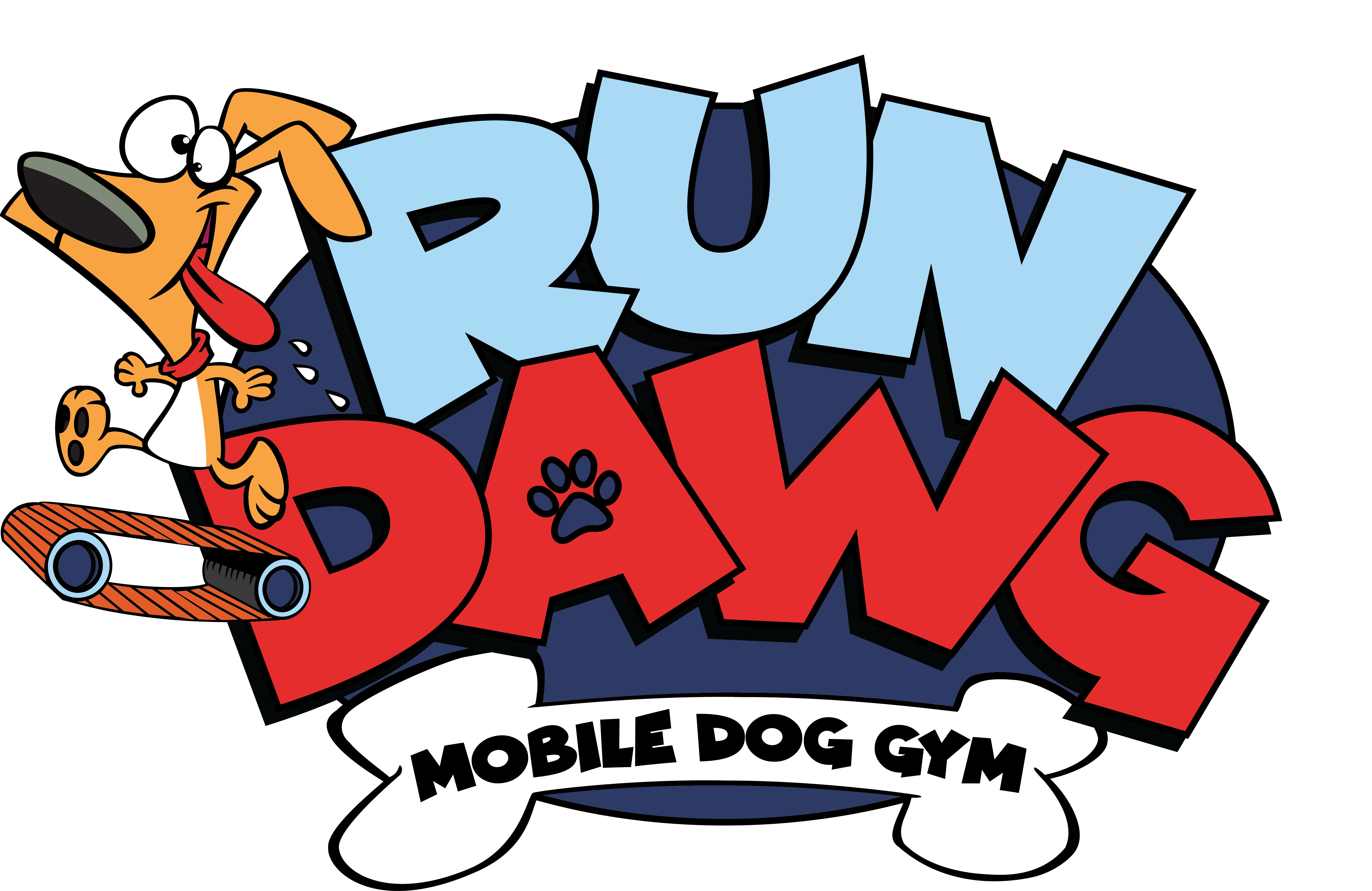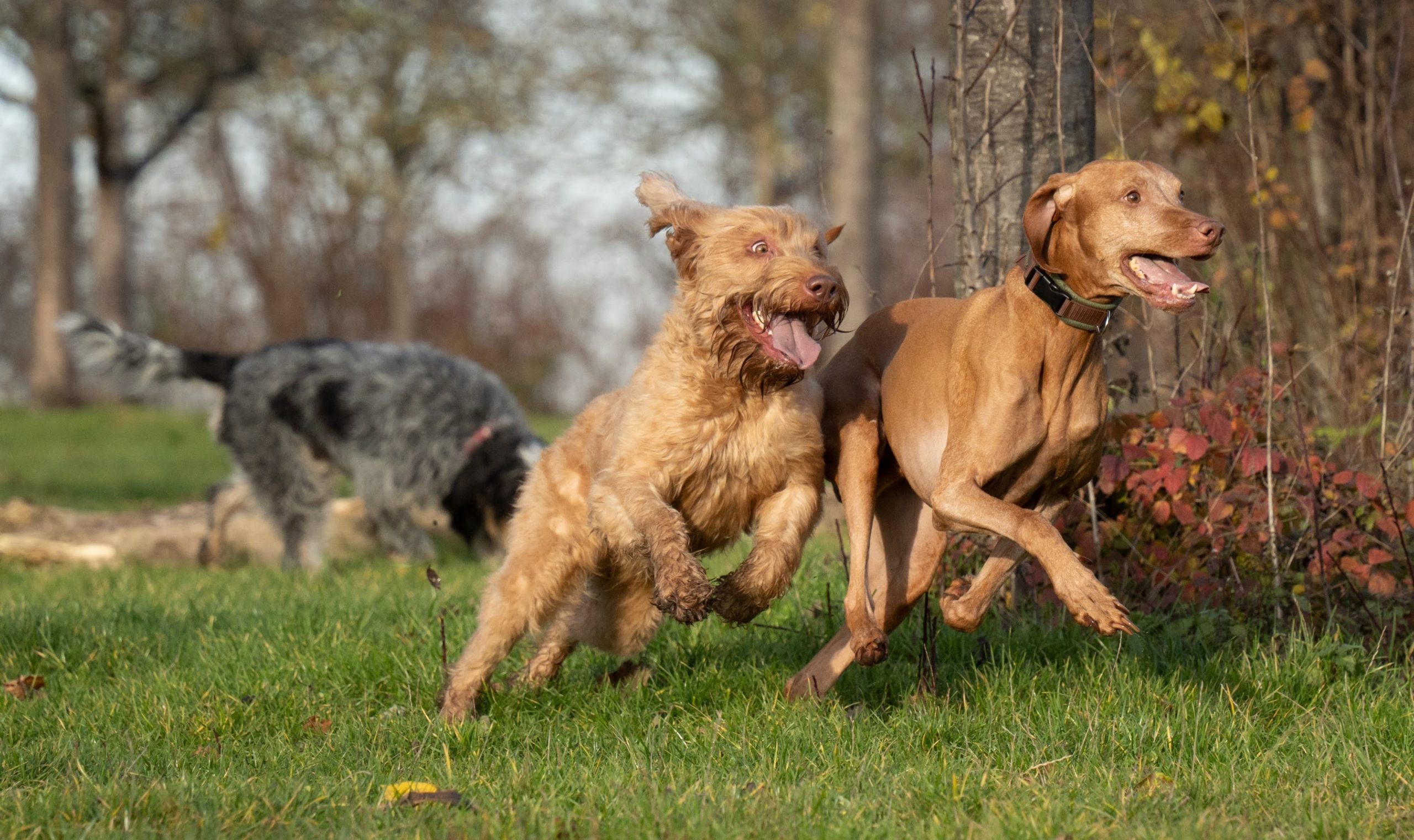Mobile Dog Gyms are a new concept in dog exercise that is gaining in popularity across the United States and Canada, primarily in hot climates and areas where owners may have less ability to walk or run their dogs. A “mobile dog gym” is a facility that has been built to travel to the customer location and provide exercise for their dog, generally done with treadmills that have been positioned into the back of a van. On these treadmills, dogs are able to walk and run as fast as they would like to, all in the safety of an environment where they cannot be attacked by other dogs, burn their paws on hot pavement, or potentially be hit by cars. While the natural versions of running activities would be preferred, not all owners have either the time or the ability to provide their dog with this type of exercise, leading them to the alternative. The mobile dog gym that currently serves the Las Vegas, Summerlin and Henderson NV area is known as RUN DAWG, and can be contacted at 702-857-5755.
Why Run Dogs?
There is a large difference between walking dogs and running dogs. A dog that is being walked by it’s owner is being forced to move at the owner’s pace, with pulling or running ahead being discouraged. The very concept of training a dog to “heel” is proof that the dog is being forced to walk at a pace that is not natural or pleasing to them. Because they are being forced to walk un-naturally, they are placing almost 85% of their weight on their front paws, ultimately resulting in the muscles of the front legs being used while allowing the muscles of the rear legs to atrophy from a lack of use. Constantly walking dogs over the course of their entire life time over flat surfaces at a human pace develops only the front of the dog’s body, many times leading to rear-end issues later in life. This is the primary reason many dogs have muscular chests but skinny back legs. Their rear-end muscles have almost never been used. Veterinarians encourage differentiated activities in order to allow your dog to use all of their muscles, including hiking over uneven surfaces, swimming and running. Unfortunately, many owners will do only the bare minimum for their dog, taking their dog on a short walk every day. While this is fine for mental stimulation, bonding and working out a small set of the muscles, it actually does very little to improve the health of the dog. Because dogs were bred to perform specific tasks which were then taken away by owners who do not live on farms or use dogs for working situations, we end up with unhealthy, unhappy and under-stimulated dogs.
How Is Running Different?
Running uses totally different muscles than walking. You will notice the difference in the way your dog moves when they start to run vs when they are walking fast. When they begin to run they take on more of a gallop, where their front and back legs are thrown forward in a different motion than the steps of walking. When a dog switches to running in order to keep up a faster pace, they begin to shift weight to different muscles, pushing off their back feet and front feet un unison. They will begin digging with their back paws in order to provide more leverage to push forward faster, using their back-end muscles more prominently. This creates a more physical workout as well as raising the heart beat significantly. It is the very difference between burning calories and simply strolling along casually. Running on a slight incline shifts even more weight to the back end of the dog, providing an even greater workout.
How Much And How Often?
Veterinarians suggest different amounts of exercise for different breeds of dogs at different stages of their lives. Essentially, energetic or working breed dogs should engage in high intensity exercise for at least 30 minutes a day in addition to two hours of walking. Dogs with slower metabolisms will need less, but all dogs need to move in order to burn calories and strengthen their heart and lungs. High intensity exercise can be achieved at dog parks and in open fields, as will as on long hikes or running with their owners, but few owners have the time or ability to do this. For this reason, most people will walk their dog for a minimum of a few miles every day, as well as using the mobile dog gym services once a week. This equates to keeping an active work schedule during the week for yourself and also hitting the gym once every week in order to trim, tone and strengthen yourself. Activity that is performed regularly will begin to be looked upon as a fun job for your dog, who will look forward to the running sessions as they get more used to the treadmills. It will probably start slow with the dog being unsure and afraid of the situation, but over time they will adapt and thrive, eventually loving their runs. The result is a happier and healthier dog that will have less health issues, live a longer life and be more enriched by their relationship with you.

